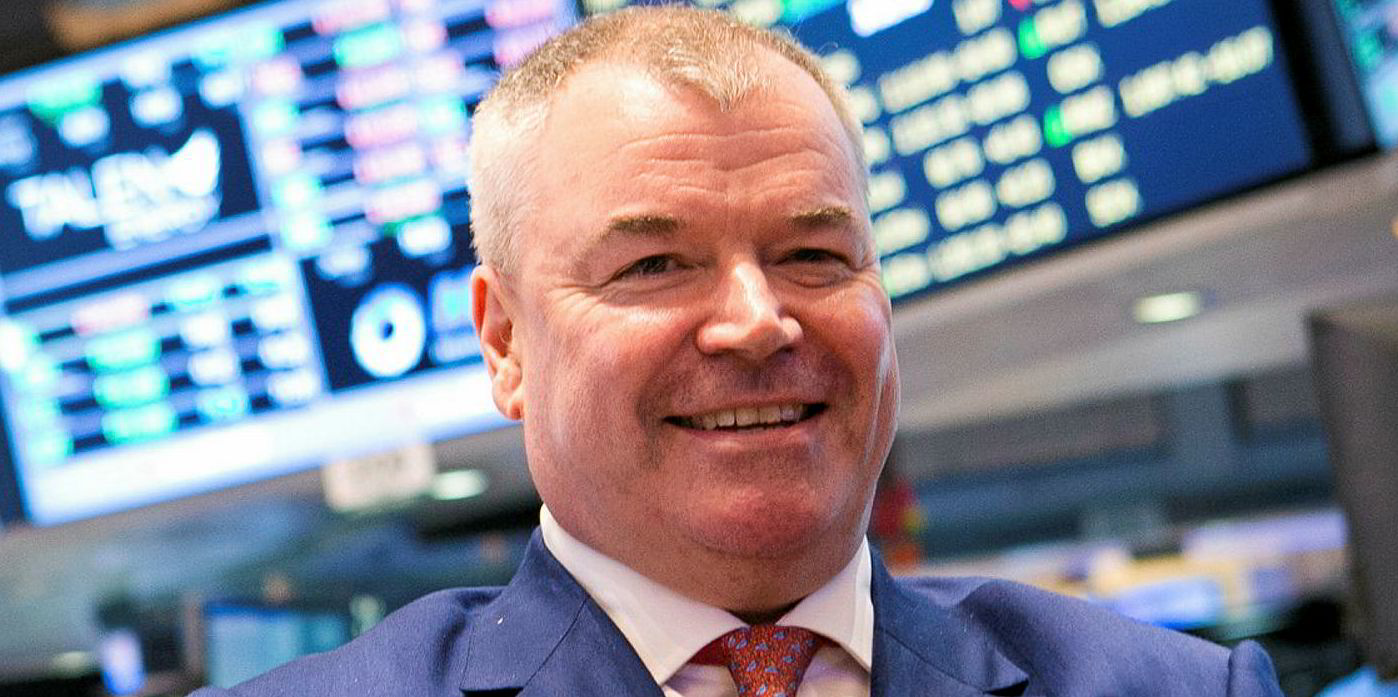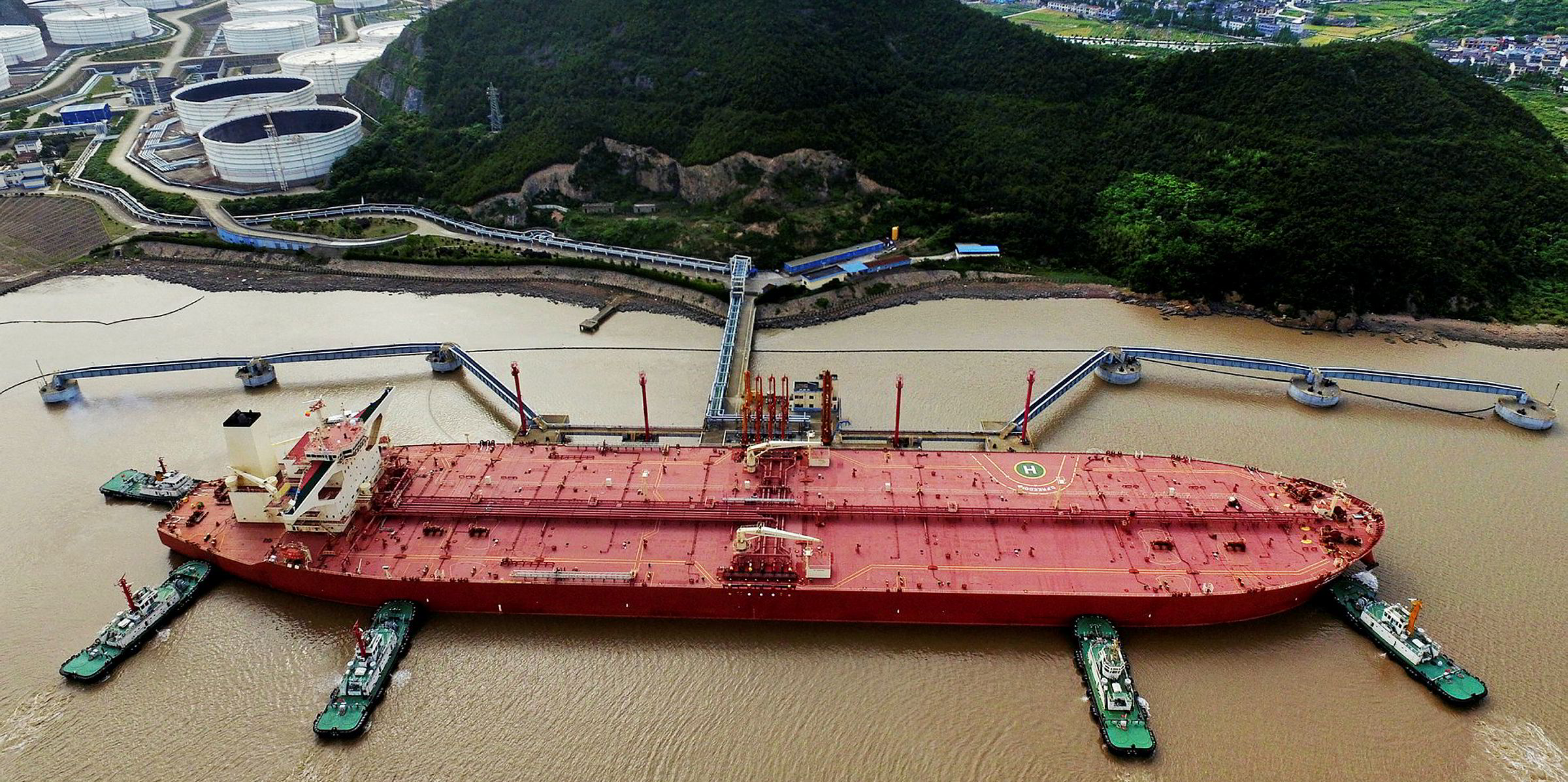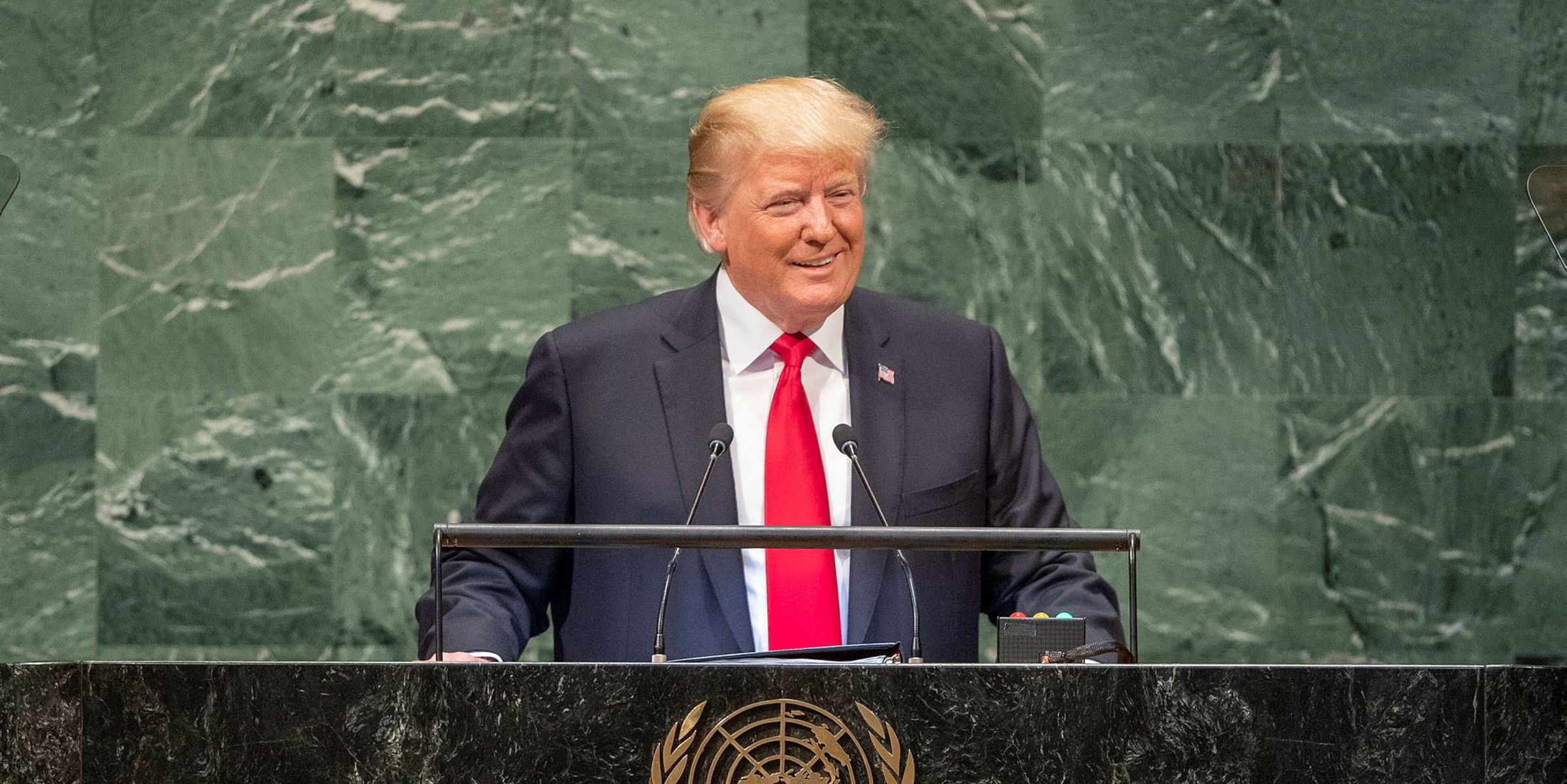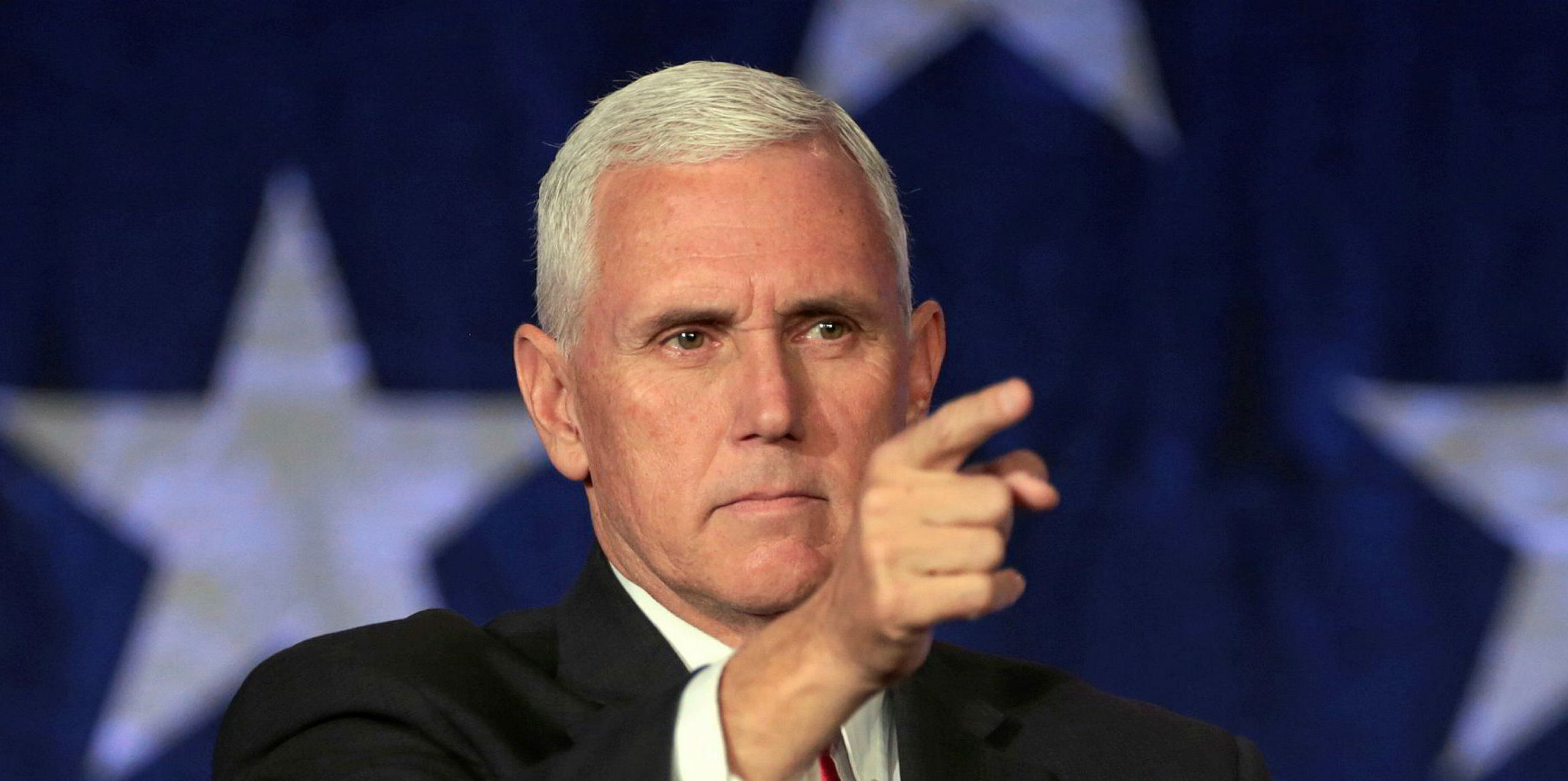When the US began to emerge as a significant energy exporter on the back of the shale revolution earlier this decade, owners of large tankers and LPG carriers gave this development a round of applause.
The narrative was that China, the world’s top energy consumer, would jump on the opportunity to take US barrels on long-haul shipments carried by large vessels, boosting tonne-mile demand across the tanker spectrum.
This perfect match seemed to be facing a premature ending when the world’s two largest economies entered a trade war in mid-2018. Some analysts warned that the crude tanker and LPG carrier sectors could be hit the hardest.
Multi-year highs for spot earnings
But the past few months have seen the US-China energy trades doing not too badly without each other, as are the associated tanker and LPG carrier markets. Spot earnings for VLCCs and VLGCs reached multi-year highs this winter.
With progress in negotiations over a potential trade deal, tension between the two countries could ease in the coming weeks. Regardless of the outcome, however, participants suggest these markets are probably on a good footing.
Although Beijing has stopped short of imposing tariffs on US crude imports during the dispute, Chinese refiners have shied away from American barrels.

Having averaged 378,000 barrels per day (bpd) in the first seven months of 2018, US crude exports to China fell to zero in August-November, according to the Energy Information Administration (EIA). A handful of VLCC fixtures have been reported since, but there is no official confirmation of the resumption of US-China crude flows.
However, EIA data shows US crude exports have continued to hit record highs in recent months, eventually reaching 3.6 million bpd in mid-February.
In terms of tonne miles, the impact has indeed been modest
Ralph Leszczynski
Euronav’s head of investor relations, Brian Gallagher, pointed out that the US was selling more oil to Japan, Taiwan, India and South Korea when Beijing halted purchases. EIA figures suggest the US exported a total of one million bpd to those four countries in November, compared with 245,000 bpd in November 2017.
Like China, the four countries generally import US crude on VLCCs. “In tonne miles, it’s more or less like for like,” Gallagher said.
On the other hand, China’s seaborne crude imports are expected to grow by 7% this year, the same as 2018, according to Clarksons. China is soaking up crude from the North Sea and Brazilian suppliers in the Atlantic basin, data shows. “In terms of tonne miles, the impact has indeed been modest,” Banchero Costa head of research Ralph Leszczynski said.
Tankers could even benefit if China, as many have long speculated, significantly raises crude imports from the US as part of a trade deal. With rising shale output, Drewry’s lead tanker analyst, Rajesh Verma, said the US can boost exports to China while maintaining sales volumes to other Asian buyers.
Total light tight oil production in the US is expected to reach 7.6 million bpd this year and 8.4 million bpd in 2020, compared with 6.5 million bpd last year, according to Wayfinder Analytics.
In the LPG sector, Beijing slapped an additional 25% tariff on US propane on 23 August. Consequently, US LPG exports to China fell to between 35,000 bpd and 36,000 bpd in September-November from an average of 100,000 bpd in the first eight months of last year.
However, the US has raised exports to other Asian destinations such as India and Indonesia. China has increased imports from Middle Eastern suppliers, which are in turn cutting exports to some Asian buyers that have increased intake from the US, according to market participants.
Boost for VLGCs if tension eases
DNB Markets has forecast a boost for VLGCs if the US-China trade tension eases, having estimated a reduction of more than 3% in VLGC utilisation from the 25% tariff.
Avance Gas president Christian Andersen reckons the tariff has had little if any effect on the VLGC freight market. By the same token, a trade resolution is unlikely to have a strong impact on freight markets in the short run, he added.
However, new propane hydrogenation capacity in China will continue to come online in the coming quarters. “The US is really the only possible supplier for the new demand, and this is likely to support freight rates,” Andersen said.






